The euro exchange rate updated its annual minimum following trading on the Moscow Exchange on Monday, falling back to 95.3 rubles/€. However, investors played against the common European currency around the world. This was facilitated by the growth of political risks in Europe, as well as the widening of the spread between the ECB and Fed interest rates. The weakening may continue in the coming days, according to market participants, to $1.07/€ in the world and up to 94 rubles/€ in Russia.
The euro began the new trading week with a rapid weakening of its positions on the Russian market. When the morning session opened at 7:00, the euro exchange rate fell to 94.6 rubles/€, losing almost 2 rubles. compared to the close of trading last Friday. However, this “breakdown” was of a technical nature, as evidenced by the transience of the decline (the rate quickly returned to the level of 96 rubles/€) and the minimal trading volume (less than 10 million rubles), but it set the mood for the entire trading day. The systematic game to reduce the European currency continued until the end of the trading session. And at the end of it, the rate rolled back to 95.34 rubles/€, by 1.23 rubles. (1.3%) below Friday’s close and the minimum level since June 29, 2023.
The rest of the leading currencies also lost ground against the ruble, although less radically.
- The American currency lost 80 kopecks. (0.9%), falling back to 88.55 rubles/$, the minimum closing value since January 30.
- The yuan fell by 8 kopecks. (about 0.7%), to 12.17 rubles/CNY, which is also close to this year’s minimum.
The rapid pace of depreciation of the European currency is associated with its weakening on the world market. On Monday, the value of the euro against the dollar decreased by 0.6%, to $1.0732. In just two days, the exchange rate of the pan-European currency fell by 1.5% and returned to the values of a month ago.
The euro's weakness was caused not so much by the results of the ECB meeting last Thursday, at which the European regulator, as market participants expected, reduced the rate from 4.5% to 4.25%, but by data on the US economy published the next day. New U.S. nonfarm payrolls rose by 272,000 in May, and average hourly wages increased 0.4% for the month. Analysts surveyed by the DailyFX portal expected an increase in the number of jobs by only 185 thousand.
Christine Lagarde, head of the ECB, on interest rates, in an article by the Rheinische Post on June 8:
We have to keep our foot on the brake for a while, even if not as hard as before.
A strong labor market and rising wages, according to Astero Falcon Investment Director Oleg Novikov, are pro-inflationary factors, and market participants agreed that the released data delays the Fed rate cut. If before the release of the data the consensus was in favor of a rate cut in September, then after the publication of the reports market participants expect the first reduction no earlier than November.
The results of the elections to the European Parliament added to the nervousness in trading in the European currency. as a result of which the positions of right-wing and nationalist parties strengthened.
“Strengthening right-wing sentiment in the EU could worsen the ability for closer integration in the fiscal sphere, which could ultimately negatively affect the bloc’s main economies,” notes the head of the bank’s analytical department “ Zenit» Vladimir Evstifeev.
Despite sanctions and isolation, the Russian foreign exchange market cannot ignore global trends. This is hampered by arbitrageurs who make money on spreads between prices in different markets. “Arbitrageurs still have the opportunity to equalize the ratio of currency pairs in Russia in accordance with the global foreign exchange market,” notes Sovcombank chief analyst Mikhail Vasiliev.
Increased political uncertainty and a strong dollar will remain the main stoppers to weaken the single currency in the world and in Russia. In such conditions, according to Vladimir Evstifeev, in the near future the euro exchange rate may roll back to $1.07/€ and 94 rubles/€. “The ruble will be favored by the mandatory sale of foreign currency earnings for the largest exporters, high oil prices and a surplus in the current account of the balance of payments of the Russian Federation, a temporary decrease in imports due to problems with payments with friendly countries due to Western sanctions, and high ruble interest rates,” notes Mikhail Vasiliev.


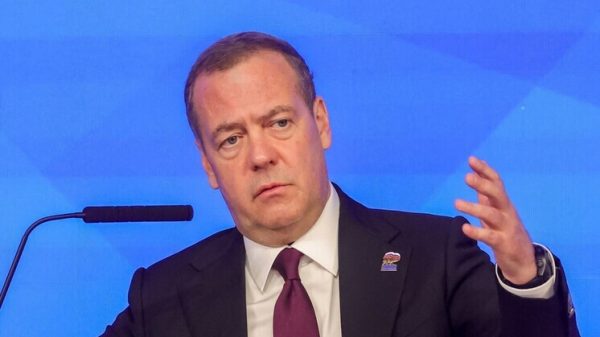
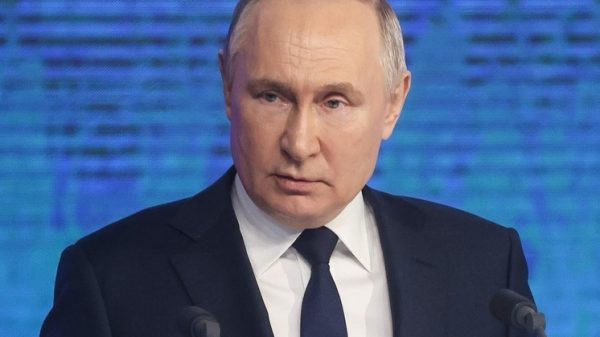
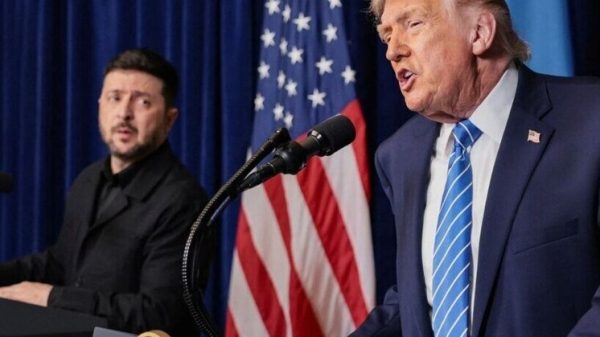



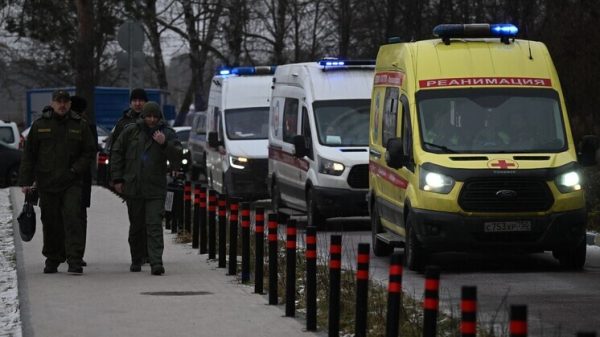

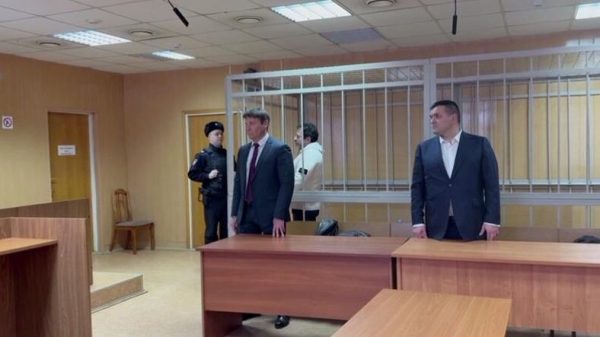


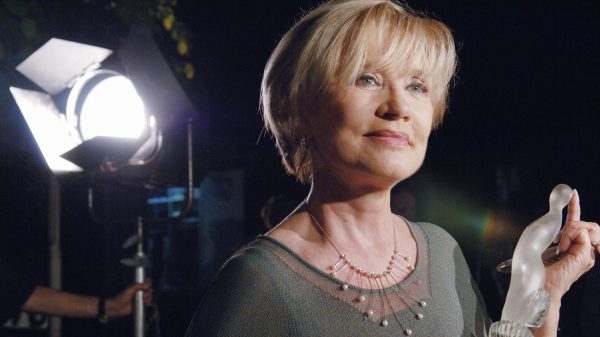



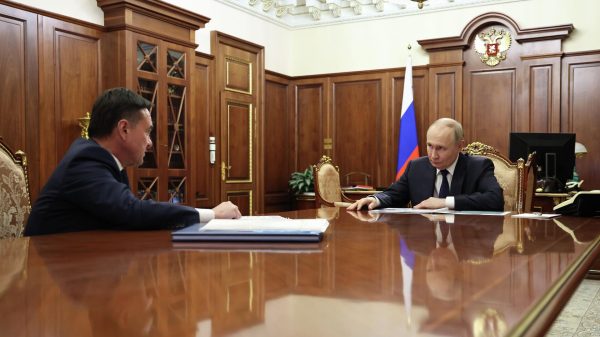



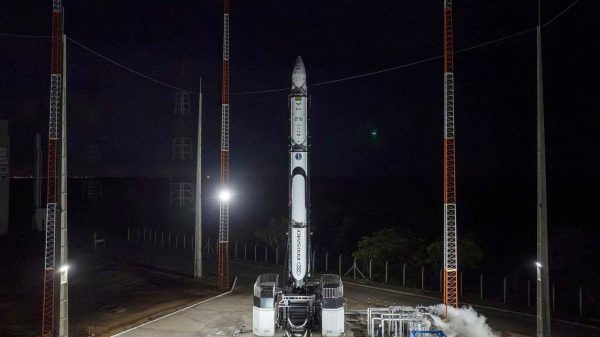















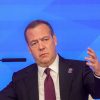


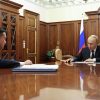













Свежие комментарии